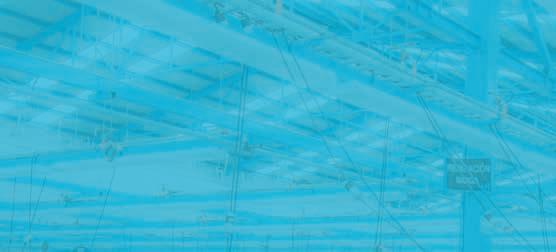
6 minute read
FROM TABLECLOTHS TO TACTICAL MILITARY GEAR,
from Raven Issue No. 26
Martex President Transforms The Mexican Textile Industry
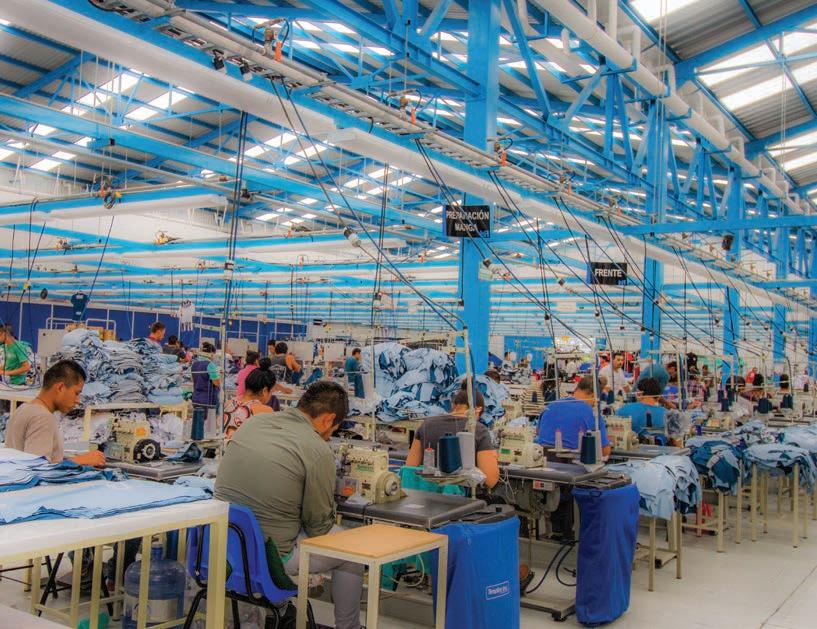
Advertisement
Founded in 1926 and based in Mexico, Martex is a family-owned, industry-leading manufacturer of specialized textiles for military, sportswear and automotive applications. The great-grandson of the founder of the company and current CEO, Santiago Martí, explains how the enterprise got started and how he joined it.
“When the Mexican Revolution began, my great-grandfather, who owned a significant site of land, fled the country and went to Cuba. My grandfather was studying at Notre Dame University at the time, but my greatgrandfather needed my grandfather to return to Mexico and find a job to help support the family. My great-grandfather had a friend who was an owner of a textile company and my grandfather asked him for a job. He was granted the position of loom operator where he began his knowledge of fabrics.
“My grandfather got into the textile business for himself when he purchased two old loom machines from the owner of the company and started producing silk. My father was the ninth of 13 children, and among his siblings, he was the one most interested in textiles. He began working alongside my grandfather when he was only 19 or 20 years old and helped transform the company into a flourishing business.
“Like my grandfather, my father also had the idea that his children should work from an early age. When I was 13, my father bought 100 Picanol looms and sent me to Ypres, Belgium to learn how to install and operate them. The next year, we purchased jet-dyeing machines from Italy and I traveled there to learn how to operate those as well. When I was 15, I went to Spain, where I was trained how to control the looms and machinery.
“At 17, I left my father’s business and launched my own industrial laundry business. However, three years later, my father had asked me to come back to the company to help him run it. So I sold my laundry company, and rejoined the family business as its leader. Because I had learned about textiles from a very young age, it became one of my passions. But it also implied a lot of work.”
When Santiago Martí took over the company from his father in 2008, the company specialized in the manufacture of tablecloths and curtains. However, the now professional engineer had spent two formative and life-changing years at a military school in the United States. With a passion for innovative textiles for military and sportswear applications, Santiago once more transformed the company his grandfather had founded.
Martex currently operates out of three factories, all located in Mexico, and specializes in the manufacturing of innovative textiles with the latest technology, integrated for both tactical and ballistic military applications, as well as cutting-edge sportswear and fabrics that incorporate antibacterial, UV protection and anti-mosquito technology.
“The major trends within our industry are these specialized products made mostly out of nylon or polyester (some of which are purchased from Glen Raven) such as the soccer uniforms we manufacture for the professional leagues in Mexico, Europe and South America, or bullet-proof vests and jackets for the Mexican military,” Santiago said. “The focus of our company is to be competitive and innovative, so we are always investing in research and development.”
In fact, Martex invests approximately 1.5 to 2 million dollars per year in R&D across its various business units.
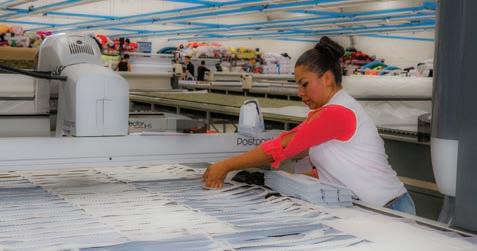
“We are constantly attending all major shows and meeting with companies to find out what they are developing, and we strive to partner with companies that share our values,” Santiago said. “My father used to do business with Mr. Allen Gant (Glen Raven CEO) and now I work closely with the Glen Raven management team. We have been able to build a strong relationship over 25 years because we share values and a sustainable and innovative vision for the industry, which aside from inspiring us has also made us strong partners.
“Glen Raven has never treated us as a onedeal-company,” Santiago added, “but treats us as a partner and has invested in our relationship by looking for the most competitive prices with the best possible attention to us as clients.”
Martex has also succeeded in establishing a socially responsible business. At its cutand-sew facility, Martex employs more than 2,800 people from 27 communities, to whom the company provides free transportation to and from their communities, an eating facility with complimentary meals and an in-house doctor.
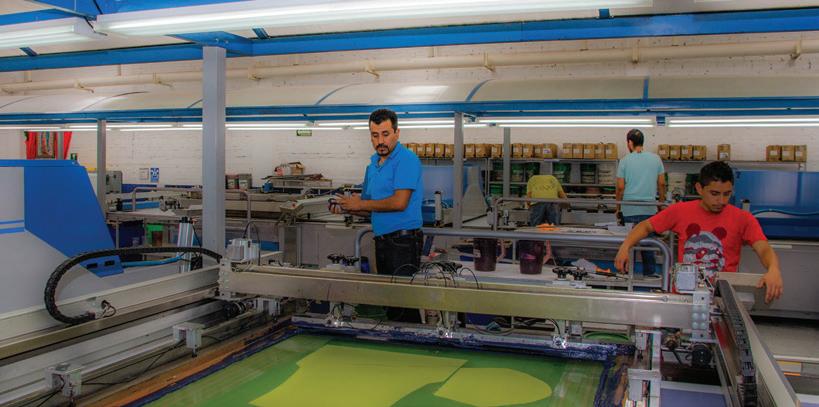
“This relieves a lot of stress for our workers, because bus schedules are not the most convenient here,” Santiago explained. “It also allows us to start work on time and provides a more stable work environment for our employees, which helps us stay competitive in the global marketplace.”
On the web at www.martex.com.mx
Aside from providing the garment industry with fabric designed under the strictest safety standards while considering the technological needs of the finished product,
ACCELERATING GROWTH OF SUNBRELLA® FABRICS IN ASIA

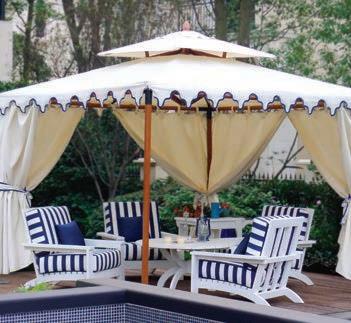
Glen Raven Asia (GRA) represents Glen Raven, Inc.’s commitment to providing quality performance fabrics for China and all of Asia. The primary mission of the manufacturing, marketing, sourcing and product development center in Suzhou, China is the manufacture of Sunbrella ® fabrics for furniture makers with plants in China. The facility is also a focal point for Glen Raven’s sourcing throughout the region.
One of the most important goals for GRA is to accelerate the growth of domestic Asian markets through the ready availability of Sunbrella fabrics. Sunbrella fabrics produced at GRA are used for casual or outdoor furniture, awnings, convertible tops and graphic media. Many of GRA’s customers are North American-based companies with manufacturing operations in China, while others are domestic Asian companies serving the Pacific Rim, Europe and North America.
Hua Li is general manager of Glen Raven Asia. He joined Glen Raven in 2005 and was a member of the team that designed, built and launched the 190,000-square-foot manufacturing facility. In a recent interview, Li discussed the global objectives of GRA and how growth opportunities in China and across Asia remain positive in a global economy that knows no borders.
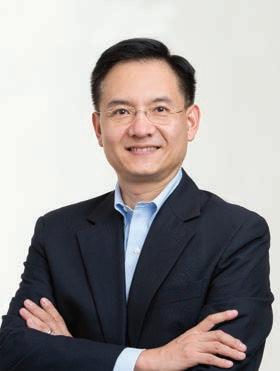
WHAT IS THE GLOBAL OBJECTIVE OF GLEN RAVEN ASIA?
We have identified three primary objectives for GRA: provide logistical convenience for our major retail customers locally; grow the China domestic market and domestic markets of adjacent countries in Asia; and provide sourcing capabilities and opportunities to the global Glen Raven family.
WHAT ARE YOUR BUSINESS PRIORITIES?
There is a growing domestic Asian market for shade products, making it critical that we continue to build the Sunbrella brand here. As a result, our business priorities emphasize building the infrastructure necessary to grow domestic markets for shade products and focusing on opportunities in residential –especially high-end residential – commercial and hospitality. We are also focused on building the Sunbrella and Dickson brands of performance fabrics.
growth and increases in the number of high net worth individuals and families. Chinese consumers accounted for 46 percent of global luxury goods consumption in 2015, and this consumption is valued at $116.8 billion. The trend for China consumers will continue to be brand driven, and the key to Glen Raven’s growth in Asia markets over the long term is by building our brand image.
WHAT DO YOU CONSIDER THE COMPANY’S GREATEST STRENGTHS?
Our greatest strength as a company is our ability to utilize the power of innovation to grow smartly and stay ahead of the competition. Our global presence is also a significant strength, as our proximity to Asia customers ensures that the same product/ color/quality can be produced locally and delivered on a timely basis. No other competitor of ours is able to achieve this accomplishment.
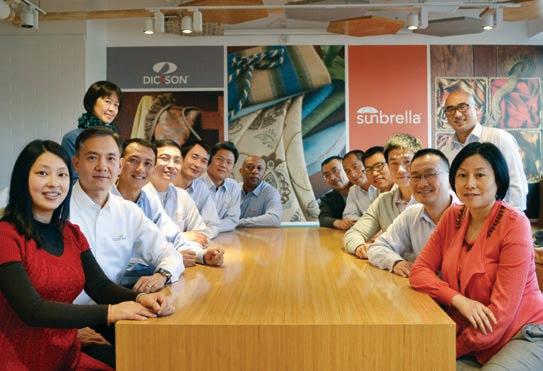
DESCRIBE THE STRATEGIC IMPORTANCE OF THE SUZHOU FACILITY IN TERMS OF REACHING ASIAN MARKETS.
WHAT ARE THE MAJOR TRENDS IN INDOOR AND OUTDOOR TEXTILES IN ASIA TODAY?
China continues to be an emerging nation of consumers. The demand for consumer goods, especially luxury goods such as indoor and outdoor textiles, keeps growing year after year due to surging economic
The strategic importance of the Glen Raven Asia business center in the Suzhou Singapore Industrial Park cannot be overstated. GRA is strategically located within the world’s largest nation of consumers. Our presence locally results in quick-to-market product availability as well as production, warehouse and trade capabilities with cost efficiencies in mind for Asian markets. Our facility in Suzhou also allows GRA to facilitate our subsidiaries’ products and services in reaching Chinese and Asian markets.
WHAT CAN WE EXPECT FROM GLEN RAVEN ASIA IN THE SHORT- AND LONG TERM?
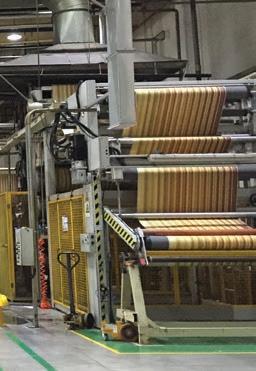
In the short term, we are focused on building the infrastructure required to bridge the gap between high-end consumers and quality products such as Sunbrella. We are also focused on educating designers, architects, specifiers, outdoor manufacturers, retailers and consumers on the emerging outdoor lifestyle/culture in China.
Over the longer term, branding is the key to our success. China remains the world’s leading growth story, representing opportunities for increased global commerce. With a growing population in the middle class and an increasing number of high net worth individuals, the demand for leading branded products from the West is expected to increase. We must continue to build our brand recognition in China and Asian markets.







